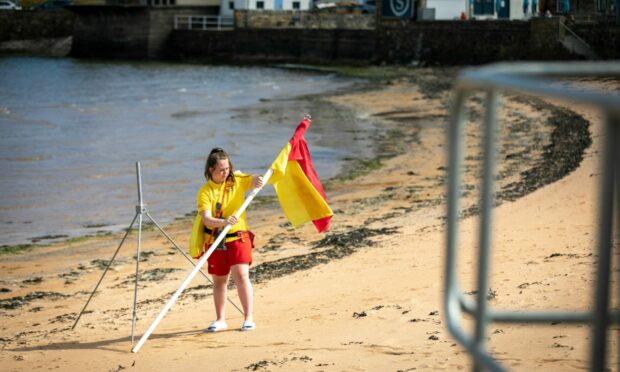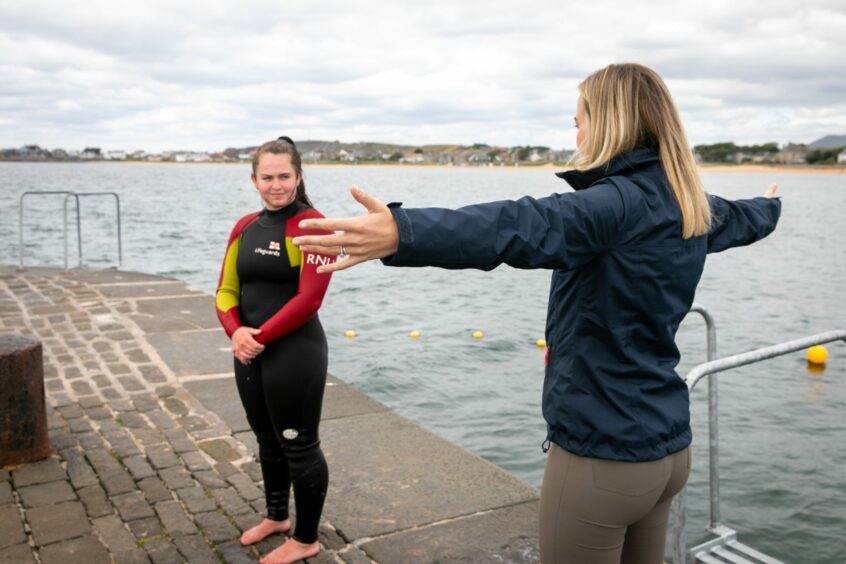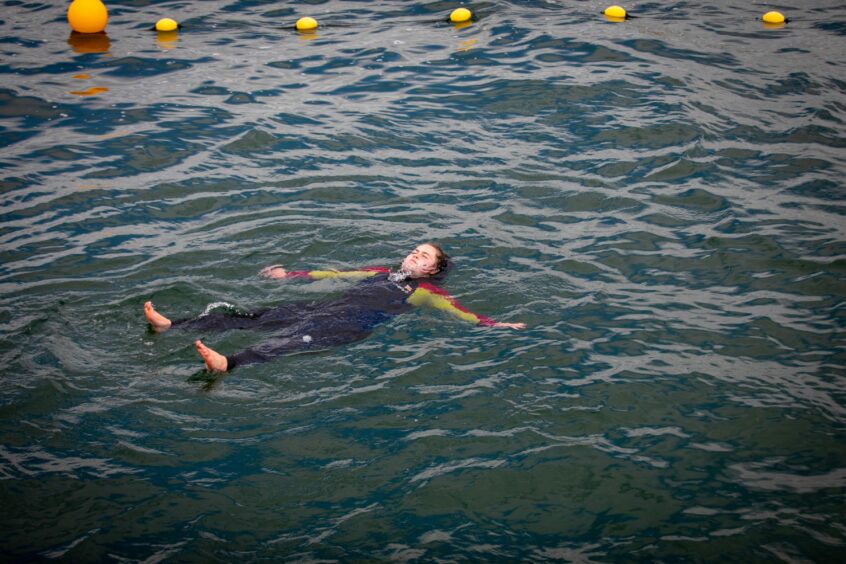A new safety campaign has been launched after Scotland recorded the highest number of deaths in water for five years.
Last year nine people died in Tayside and Fife between May and mid-August.
It was the deadliest summer in at least five years recorded by the coastguard, with 56 people dying in Scotland between May and August.
The RNLI and the coastguard have now launched their new water safety campaign, in the hope swimmers will know how to get out of difficulty.
The campaign, launched at Elie beach this week, says to follow this advice if you lose control in water.
Float to Live:
- Lean back, using your arms and legs to stay afloat
- Control your breathing
- Call for help or swim to safety
If you see a coastal emergency, call 999 or 112 for the coastguard.
RNLI lifeguard, Katie Walker said: “The RNLI’s Float to Live message is designed to help someone stay calm and use their natural buoyancy until either help arrives, or they are able to swim to safety themselves.”
Last summer there were 462 coastguard incidents in Tayside and Fife and 103 rescues.
The RNLI saw an increase of 10% in launches across Scotland in 2021 compared to 2020, with crews witnessing an increase in paddle-boarding incidents, as well as swimmer casualties.
Laura Erskine, RNLI Water Safety Education Manager for Scotland, says: “As the warmer weather appears and the school holidays begin, we expect to see Scotland’s beaches getting busier.
“It is important to remember how to keep you and your family safe this summer by following the simple advice of Float to Live.
‘It’s important to remember that even though the weather is warmer, the water can still be significantly cold, so it is vitally important to take caution and remember to Float to Live if you get into trouble.
“Those visiting Scotland’s beaches this summer should remember to Float to Live – just following this simple piece of advice can be lifesaving.”













Conversation